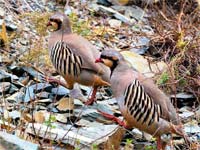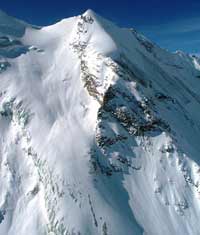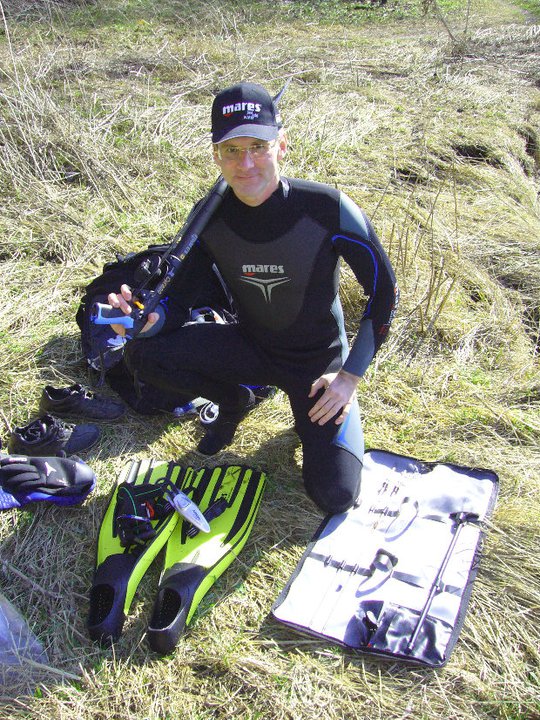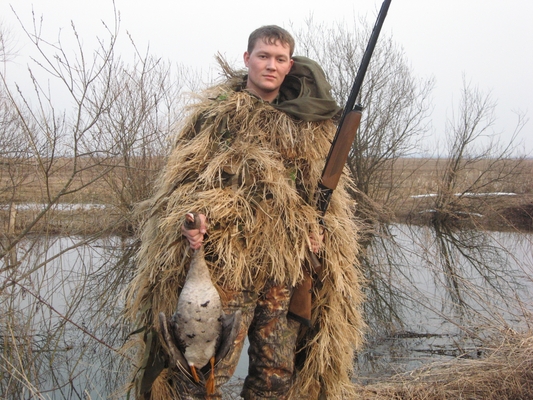Monthly Archives: February 2019
Caspian Sea
 Passion for hunting was imparted to me by elder brother Vasily. Even as a kid, he often took me with him to the sea, to the mountains for kekliks, or to the sands for hares. Hares there live in the desert sands and at the foot of the rocky mountains. I remember both my first keklik, and the first hare, and the first kashkaldak (coot), I will devote to this bird a separate article. Unlike the middle belt hunters, Caspian hunters respect kashkaldak.
Passion for hunting was imparted to me by elder brother Vasily. Even as a kid, he often took me with him to the sea, to the mountains for kekliks, or to the sands for hares. Hares there live in the desert sands and at the foot of the rocky mountains. I remember both my first keklik, and the first hare, and the first kashkaldak (coot), I will devote to this bird a separate article. Unlike the middle belt hunters, Caspian hunters respect kashkaldak.
The village in which I was born and raised is in Azerbaijan, south of Baku, on the Caspian Sea, formerly it was called Duvanna, then renamed Gobustan, meaning “land of ravines and gorges” in translation. Nearby in the mountains is the Gobustan Reserve, which is known for its rock art, which has been preserved here since the Mesolithic period. Continue reading
Tajikistan
 Hunting for a Tajik in those days was not of any interest. This could be judged by the fact that the Dushanbe State University had a team of hunters consisting of one person – Akramov Yahya Mamurovich, who is also the head of the department of mathematics, he is the chairman of this society. What brought us together, I do not even remember. But it was with him, and hunting took place in the mountains.
Hunting for a Tajik in those days was not of any interest. This could be judged by the fact that the Dushanbe State University had a team of hunters consisting of one person – Akramov Yahya Mamurovich, who is also the head of the department of mathematics, he is the chairman of this society. What brought us together, I do not even remember. But it was with him, and hunting took place in the mountains.
Why do I want to start a story about hunting in Tajikistan with a turtle? Continue reading
Kamchatka
 In August, in Kamchatka, the hunt for a sandpiper opens. This is a teal-sized bird, quite plump by this time, that feeds on a tundra berry called siksa. Probably from this kulik very tasty. The rate of shooting at that time was 10 pieces per day, and arranged in a row, but smeared with sour cream and baked in the oven, they were a royal dish.
In August, in Kamchatka, the hunt for a sandpiper opens. This is a teal-sized bird, quite plump by this time, that feeds on a tundra berry called siksa. Probably from this kulik very tasty. The rate of shooting at that time was 10 pieces per day, and arranged in a row, but smeared with sour cream and baked in the oven, they were a royal dish.
hunting in KamchatkaVied out on such a hunt for 10-15 people, and hunted, walking along the tundra along the coast of the Pacific Ocean. Imitating the whistling of the waders, it was easy to turn a flock, usually consisting of 5-10 birds, onto itself. Continue reading



